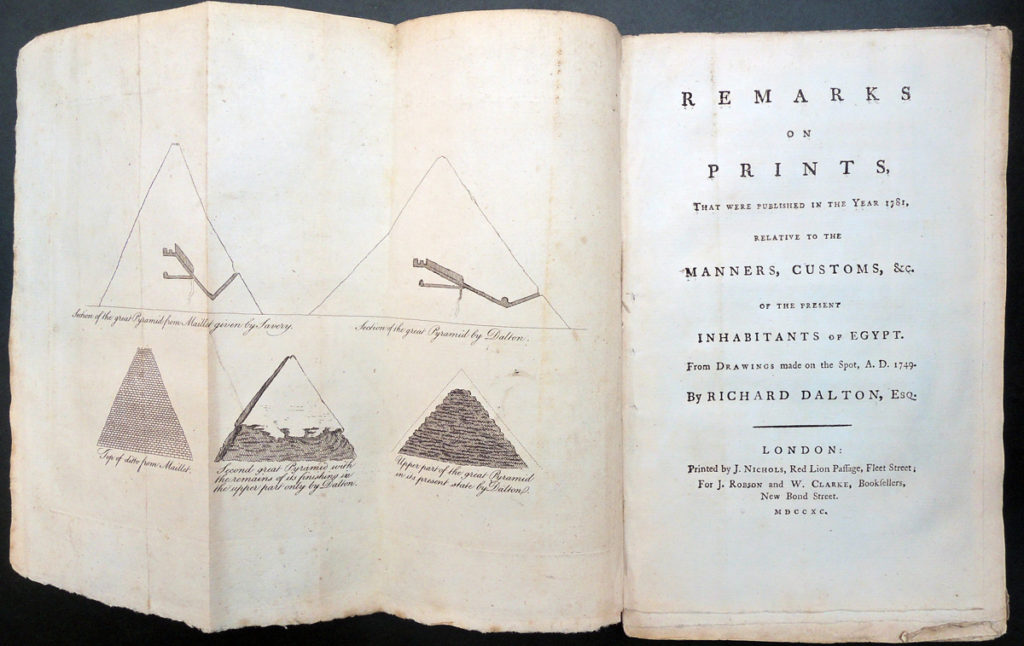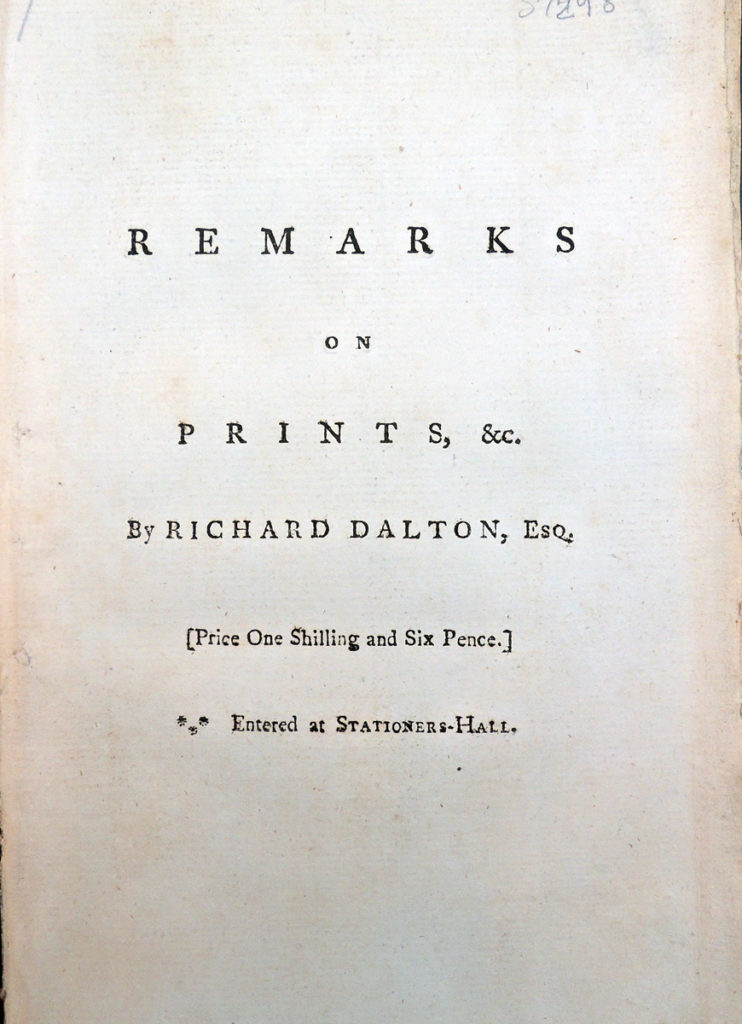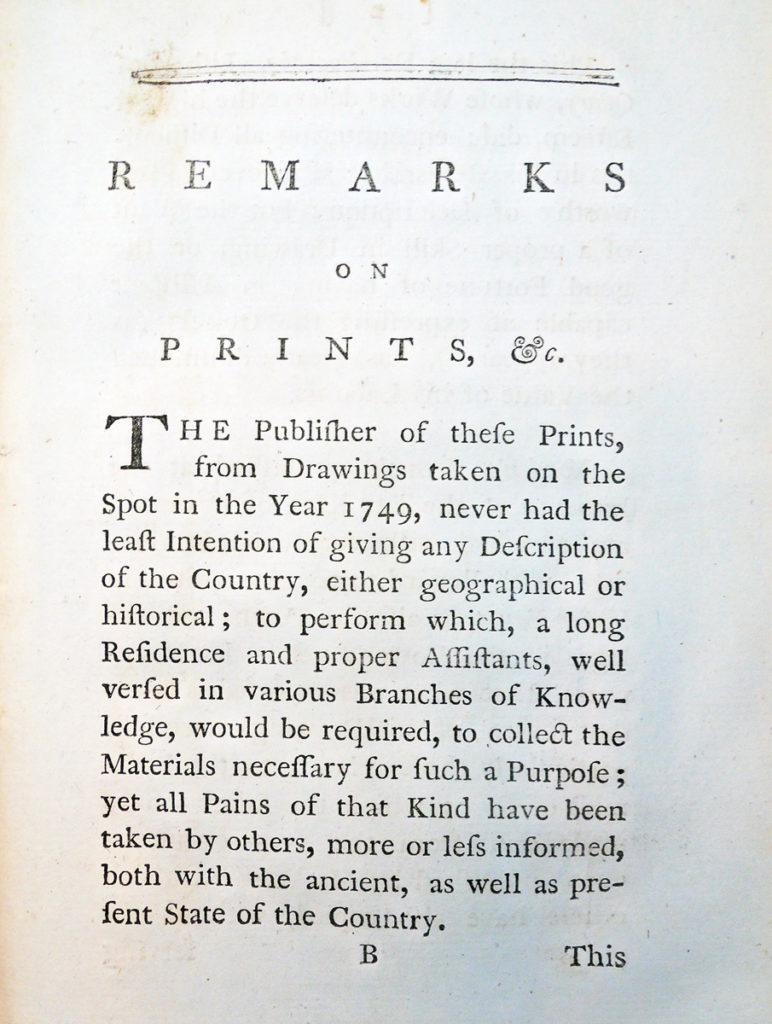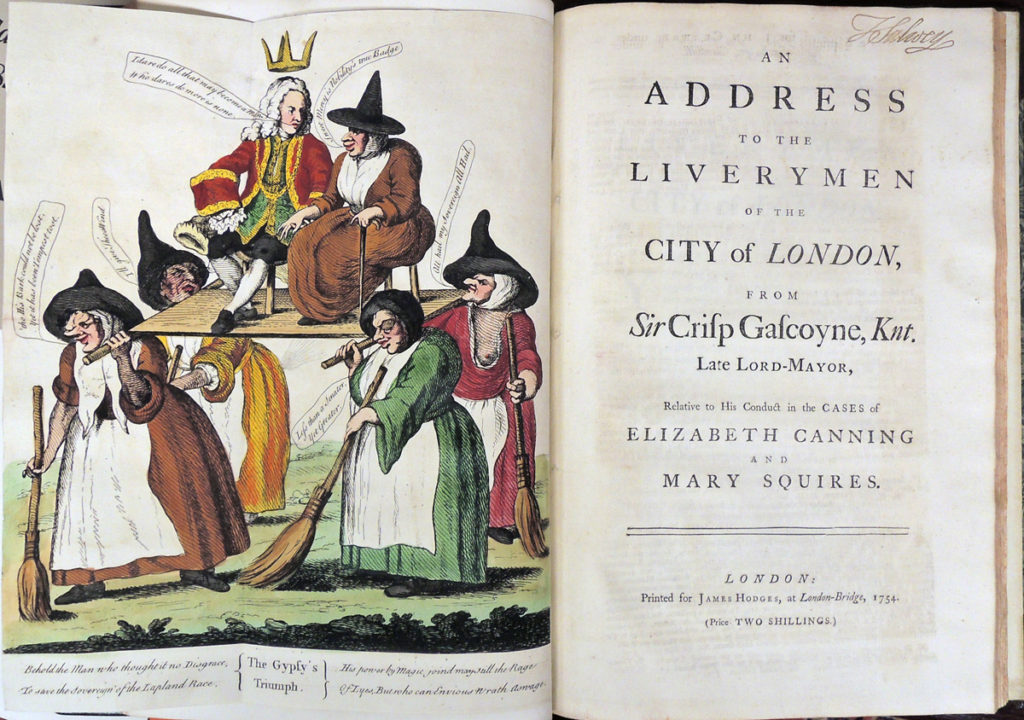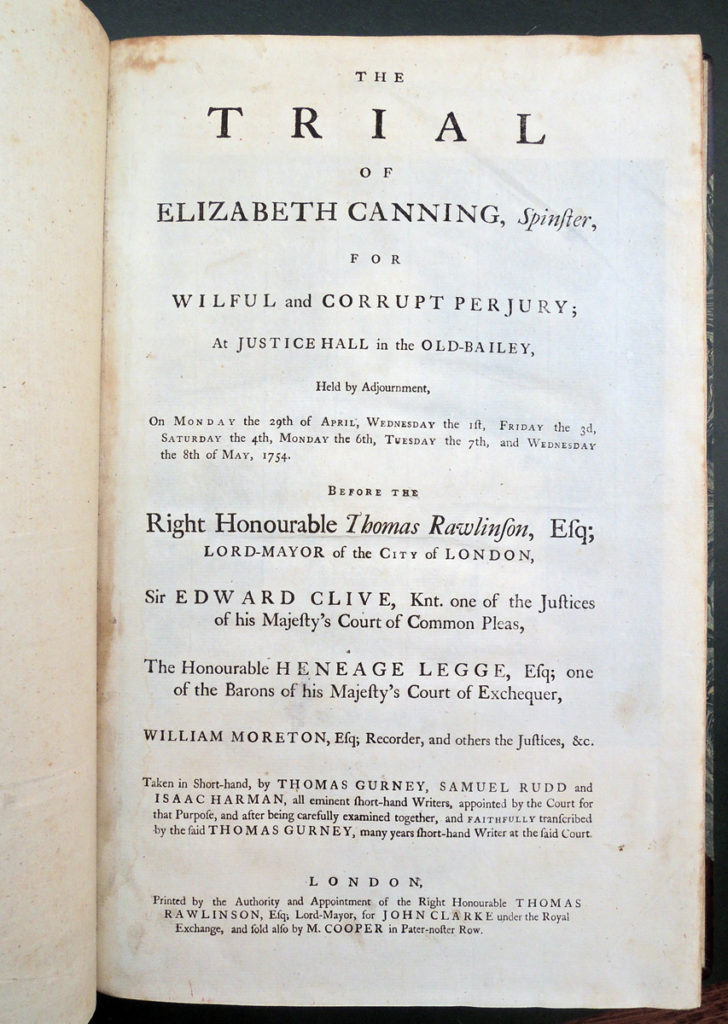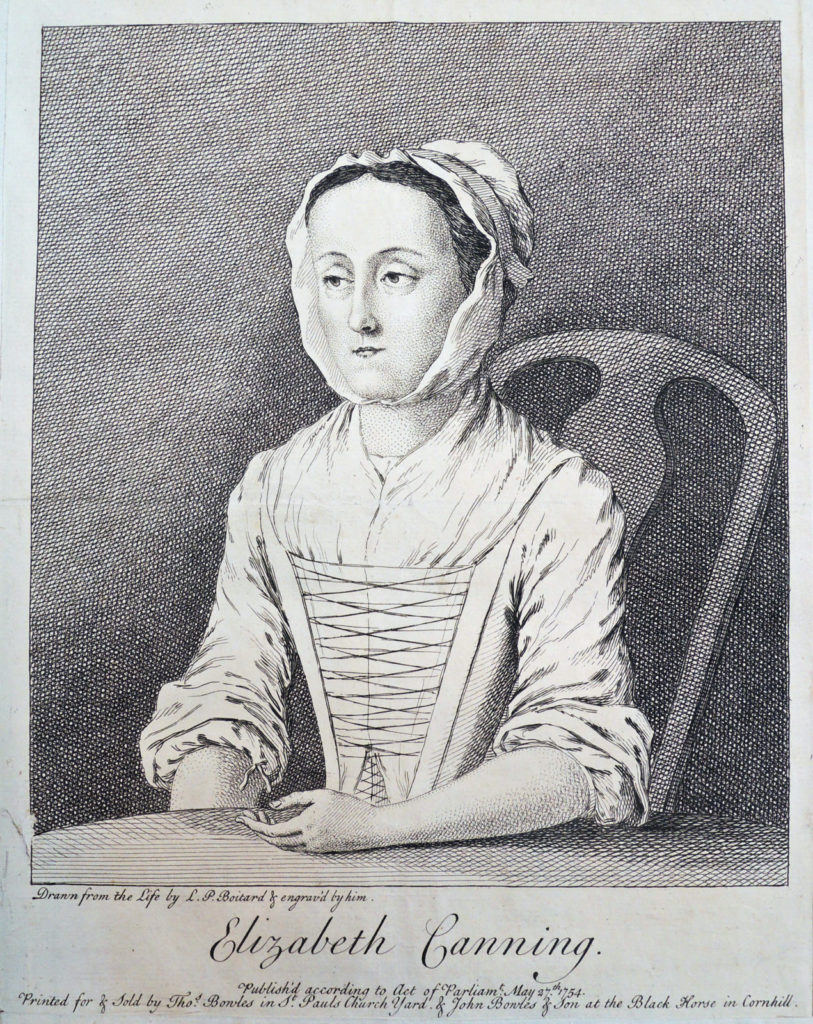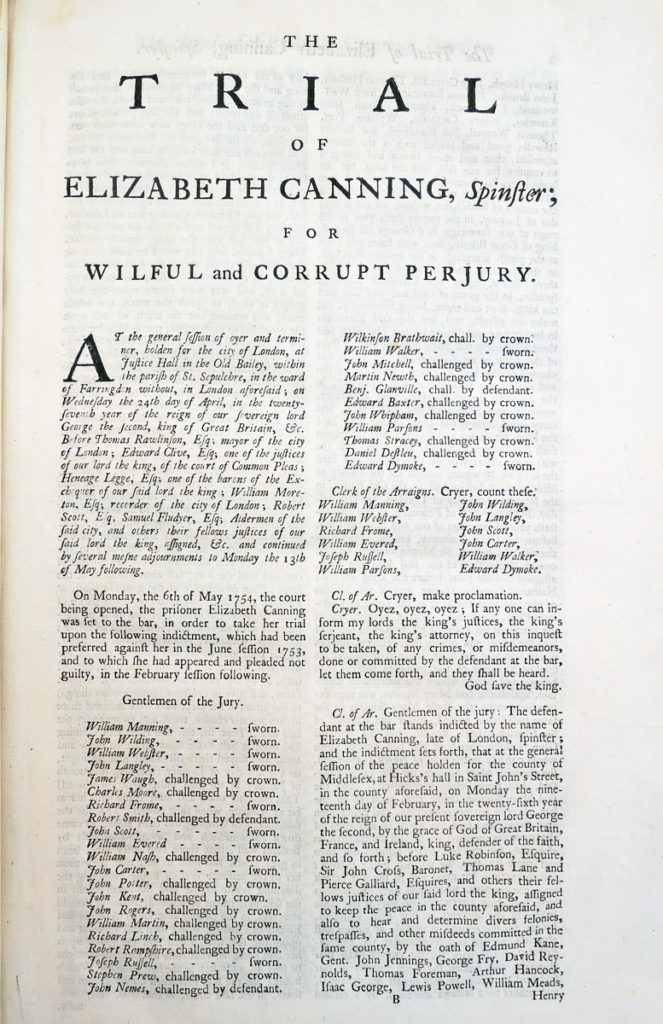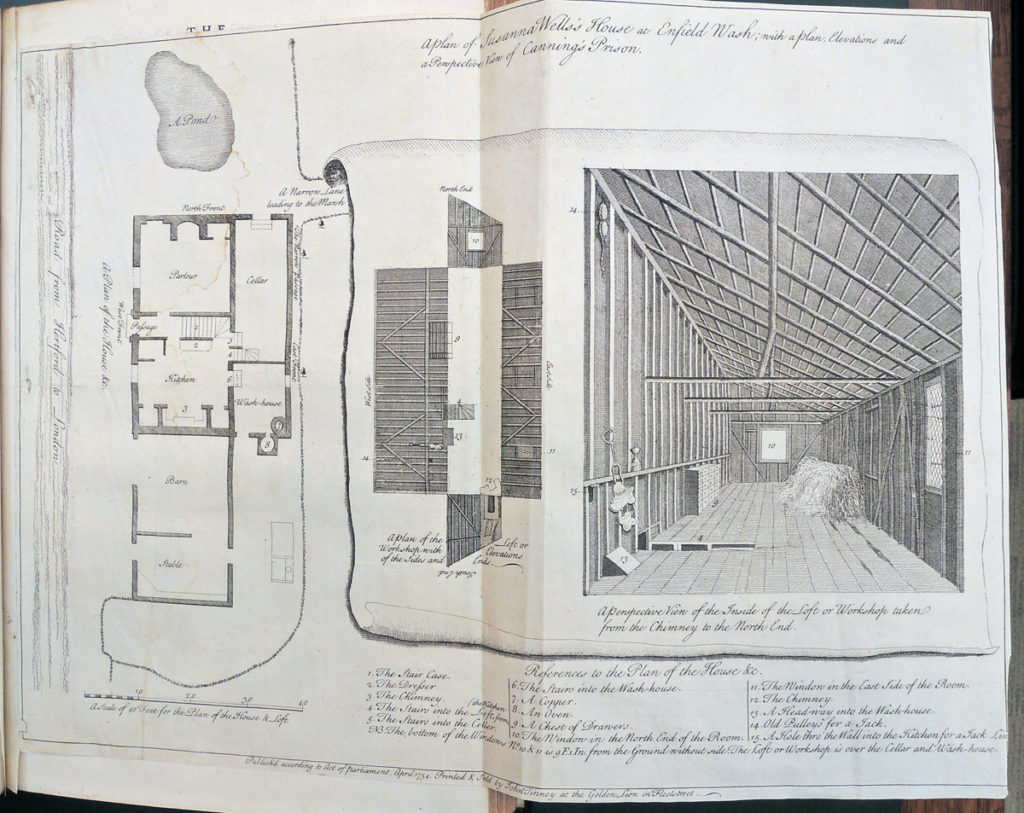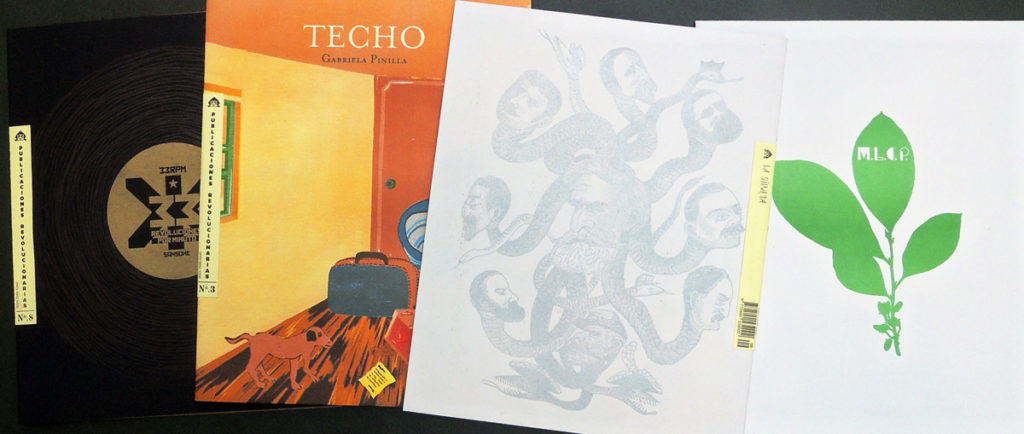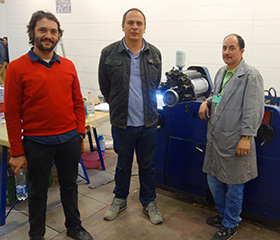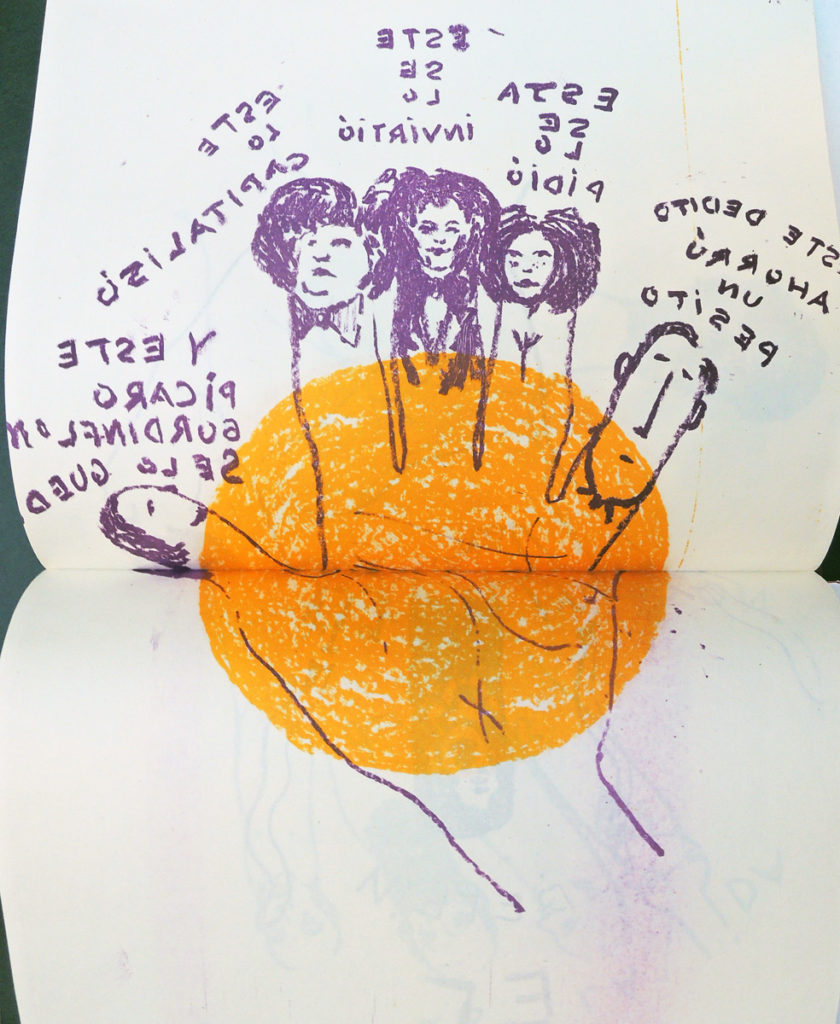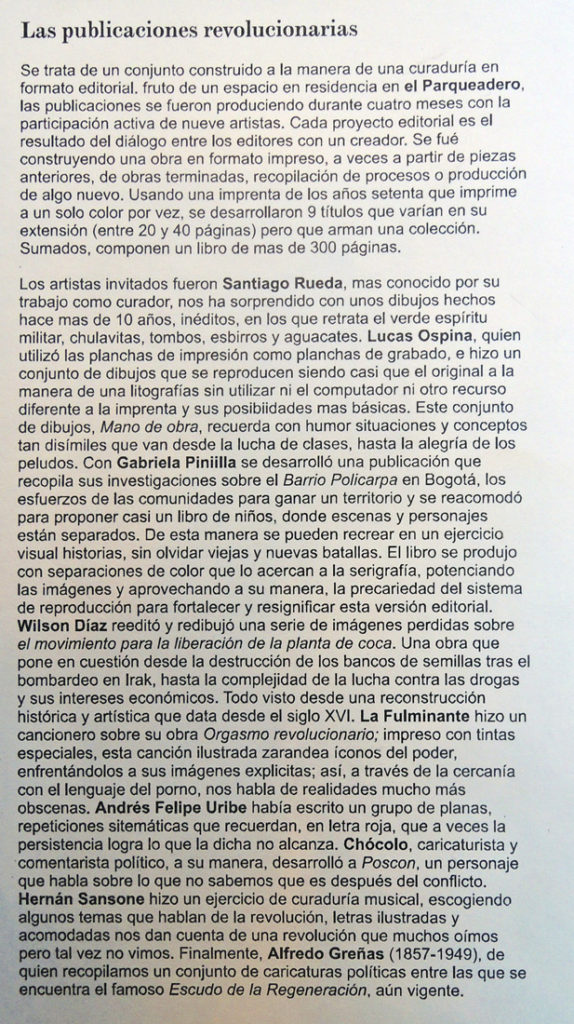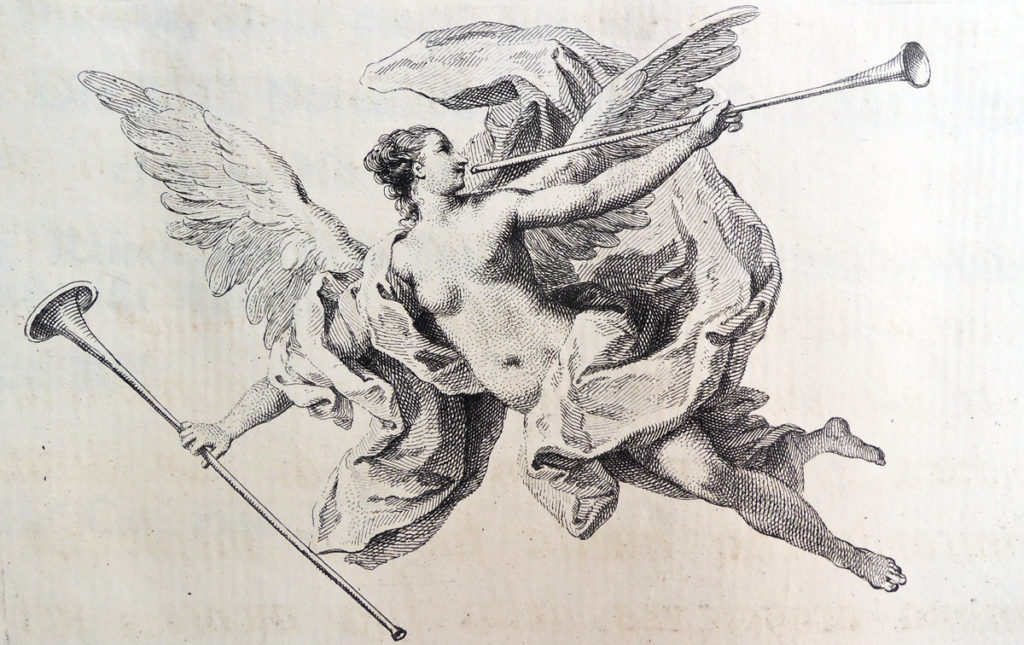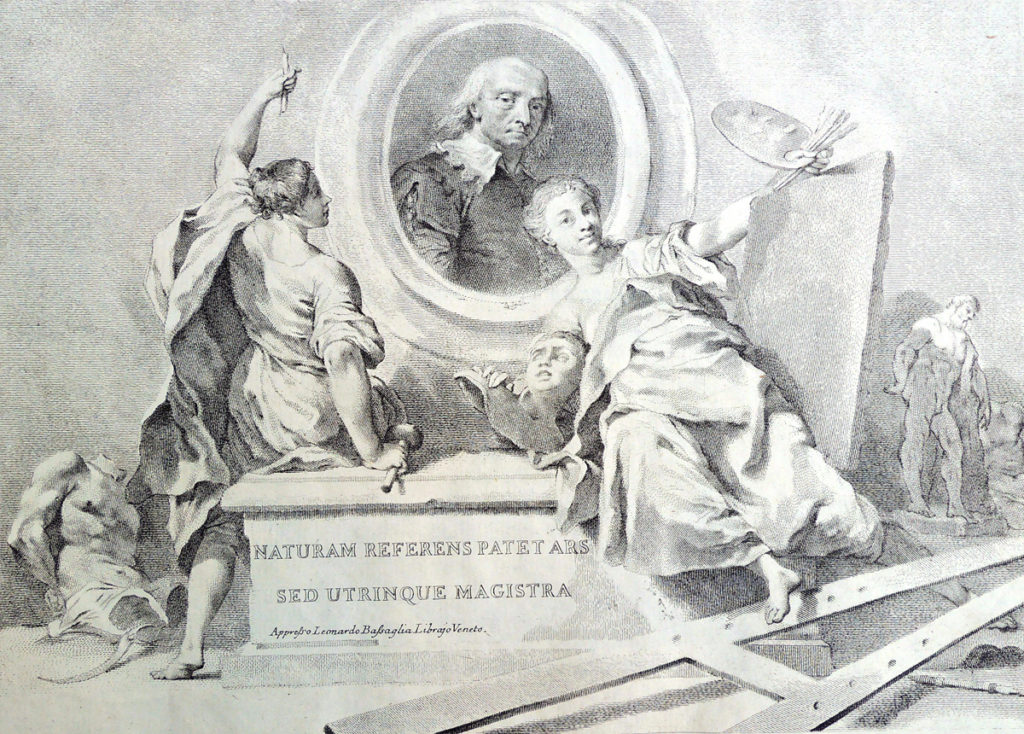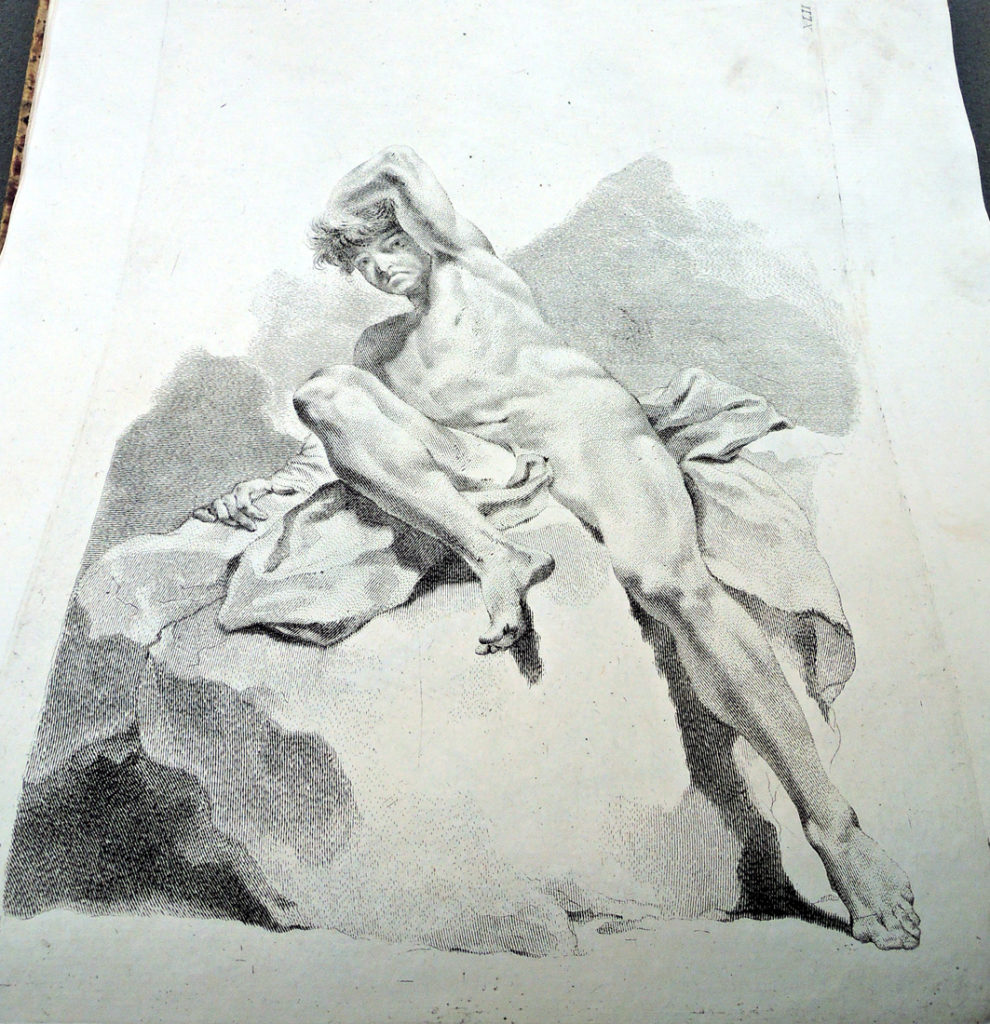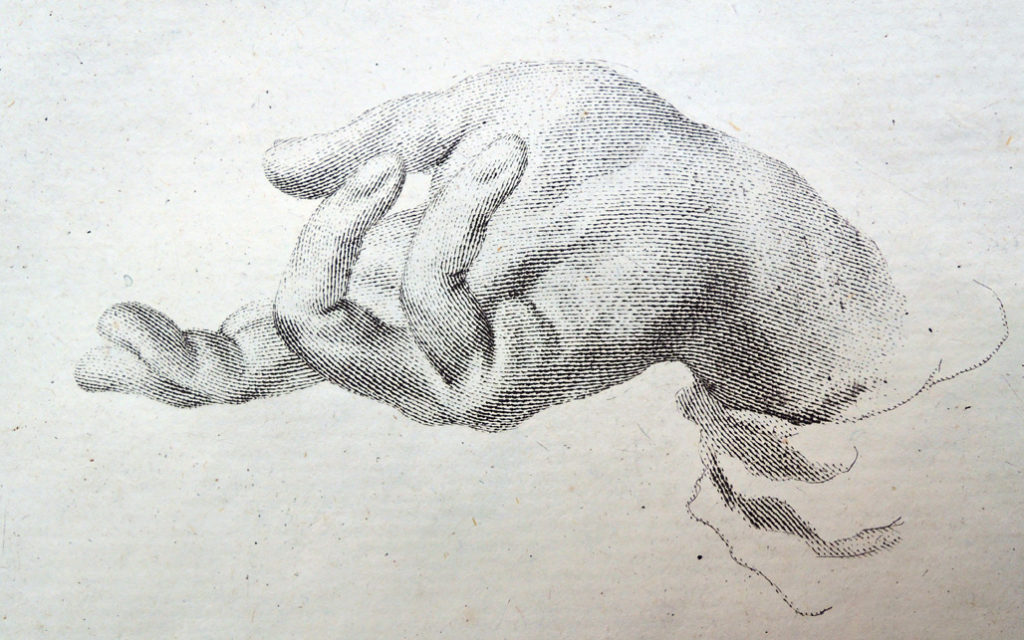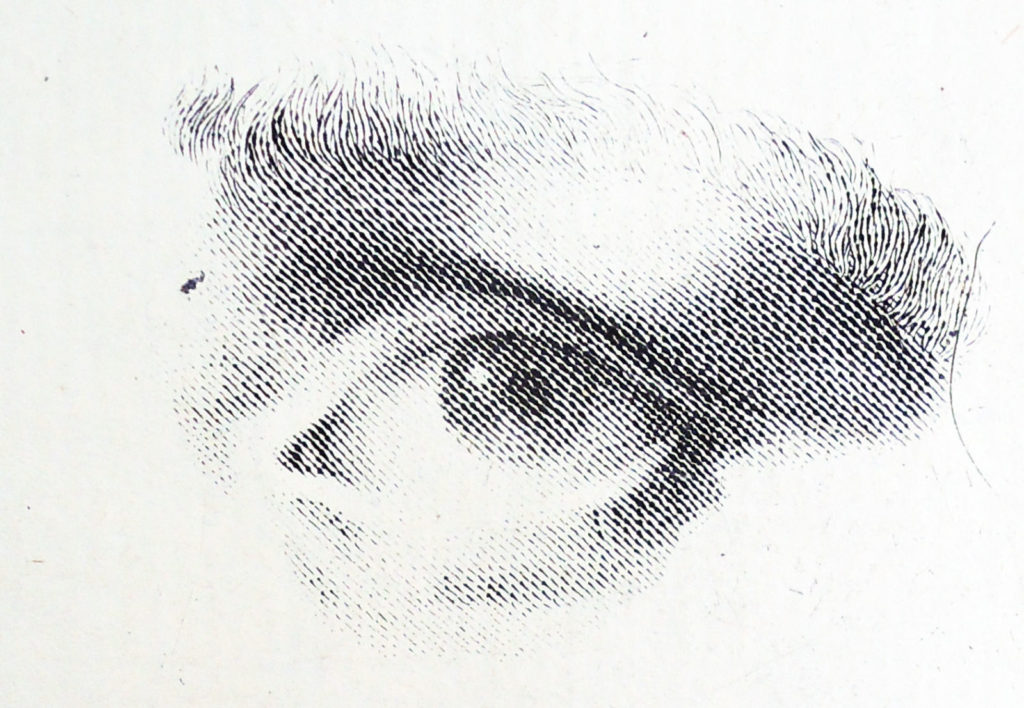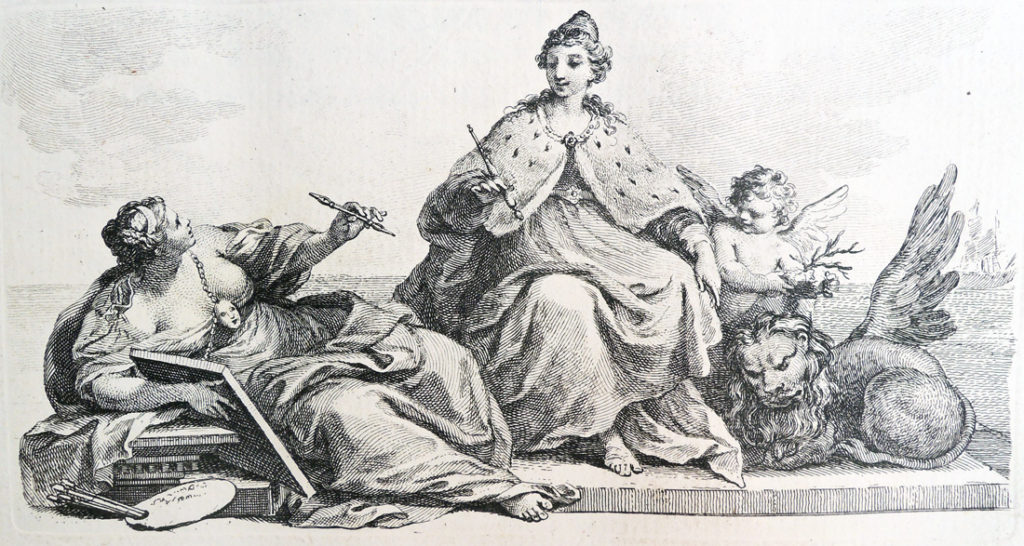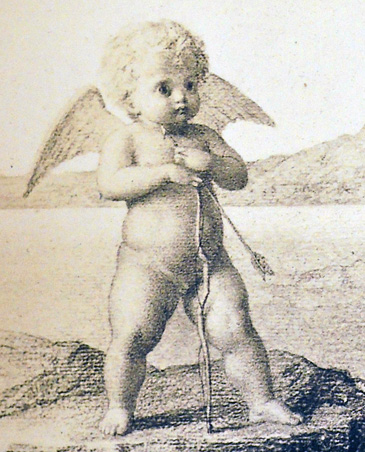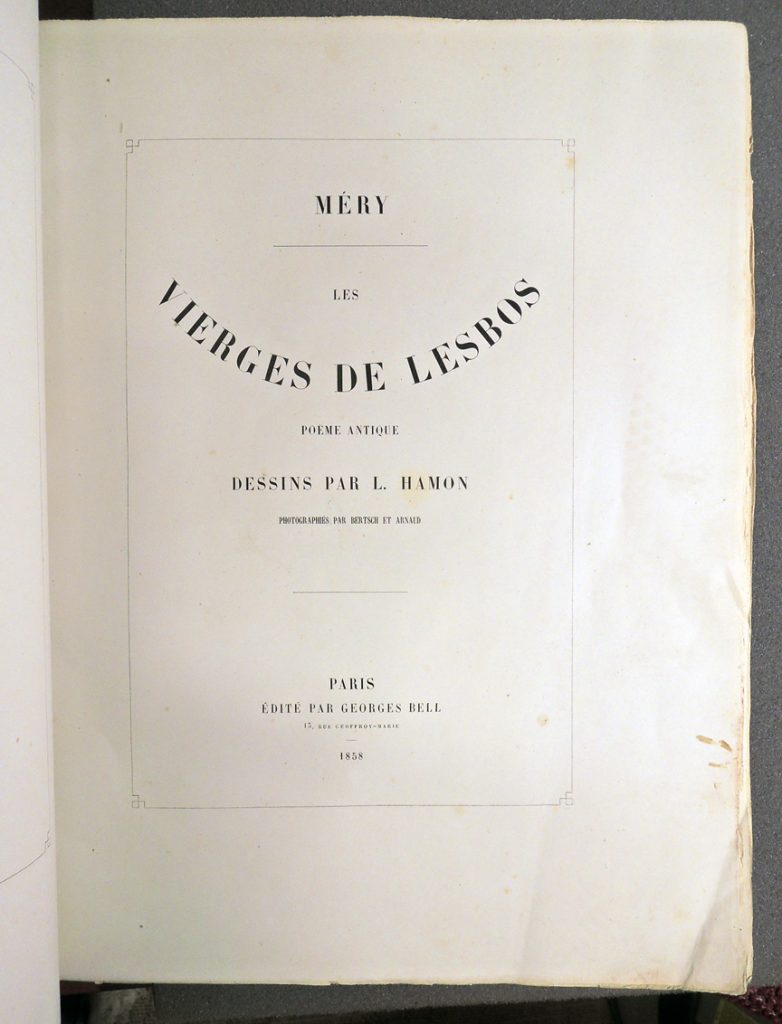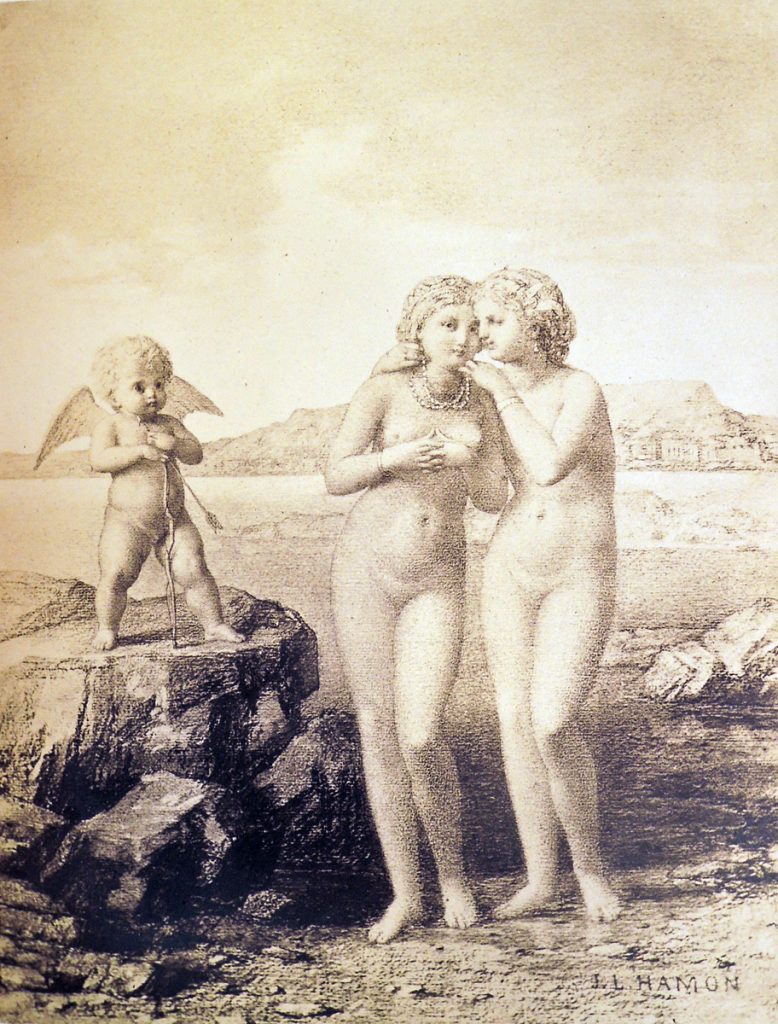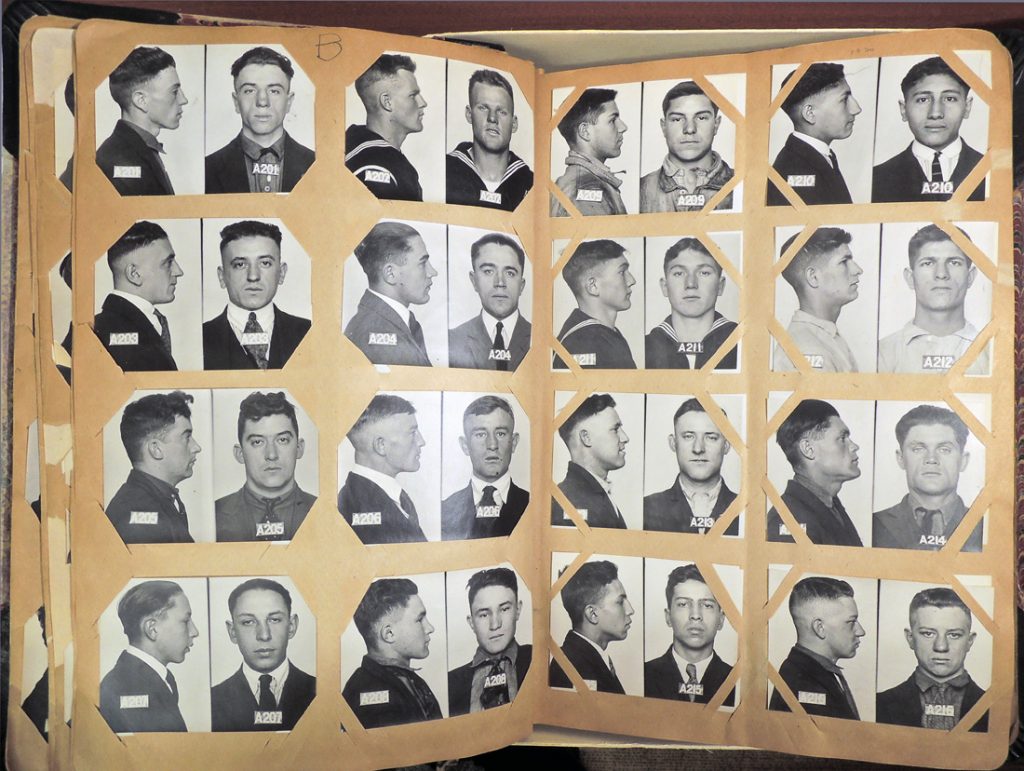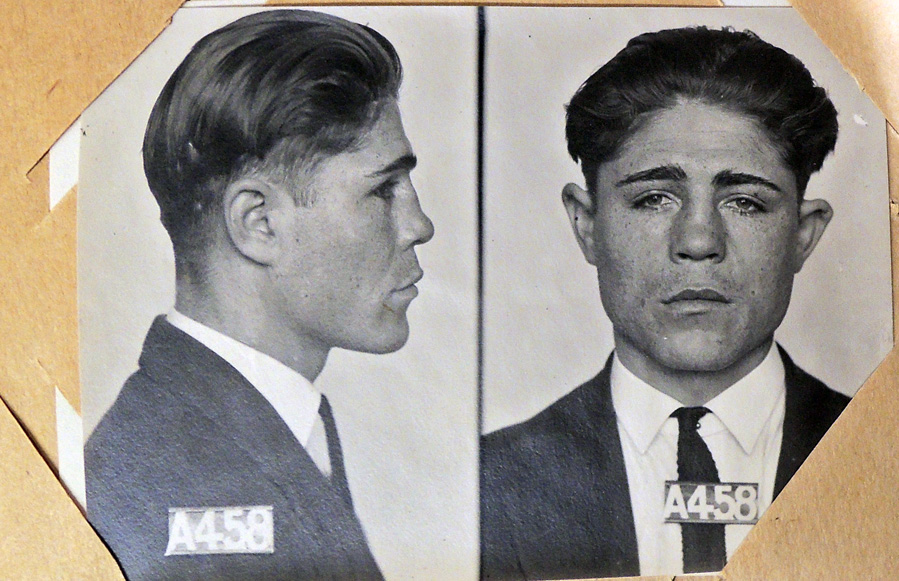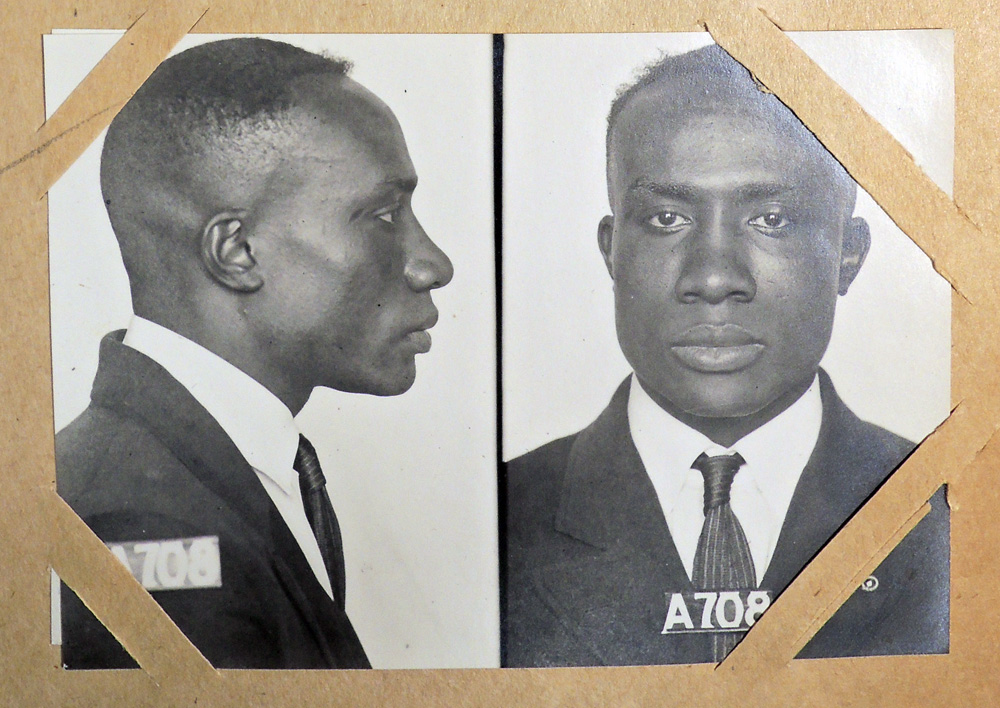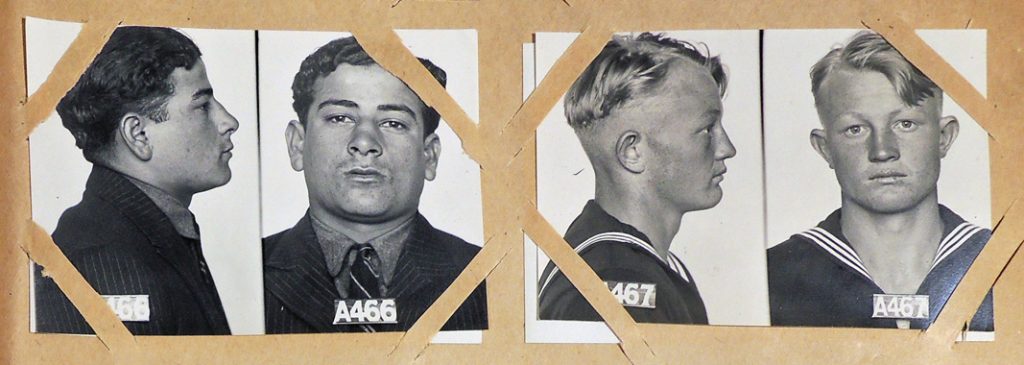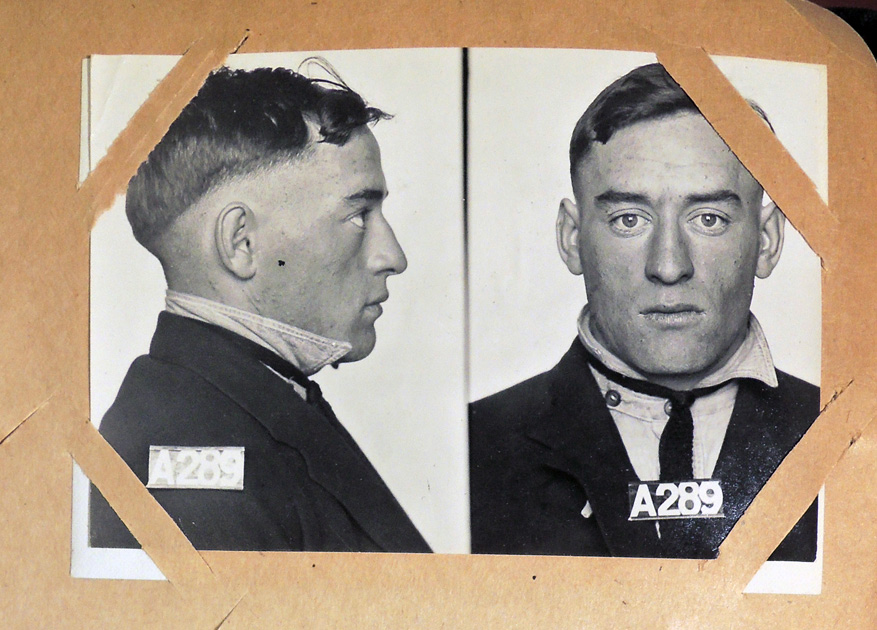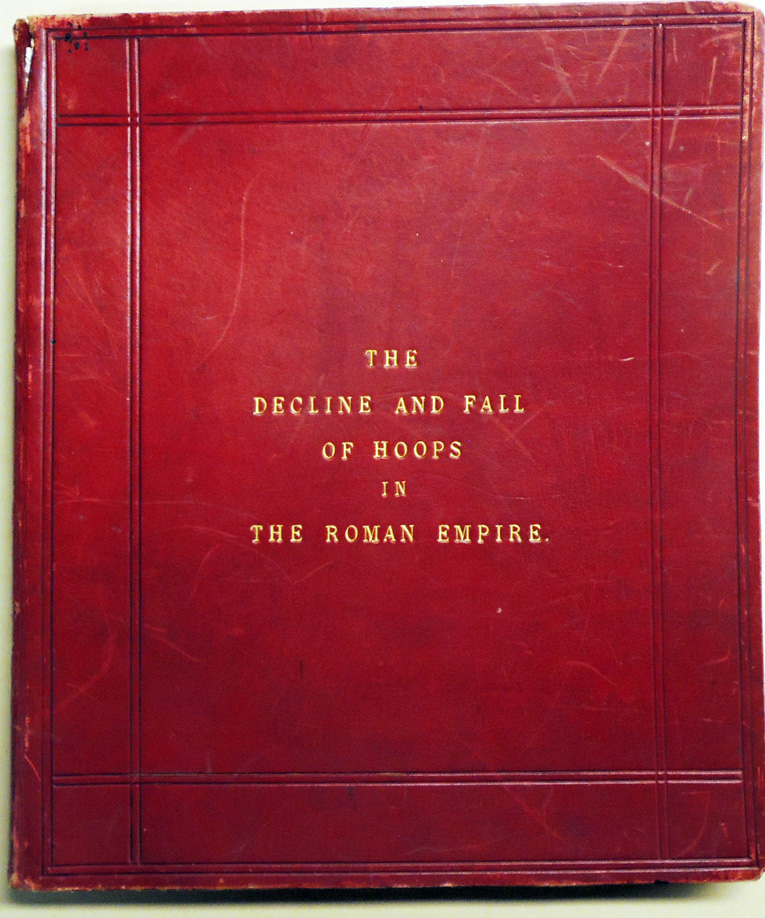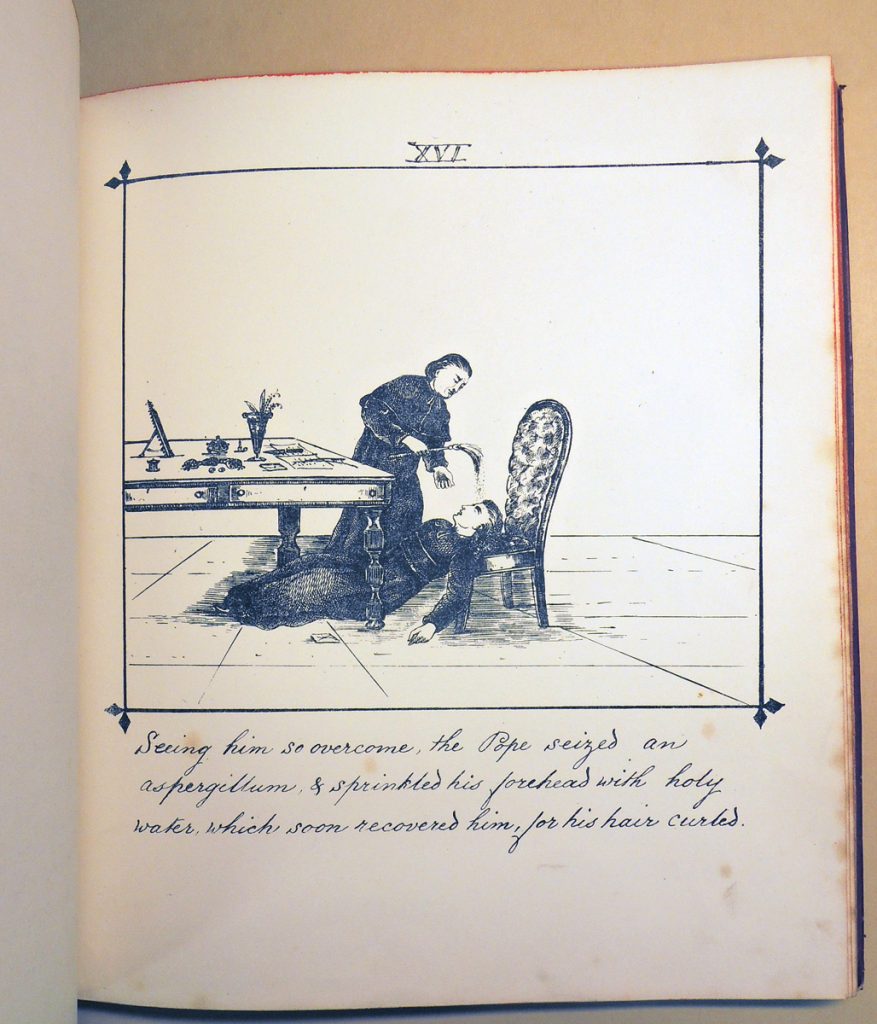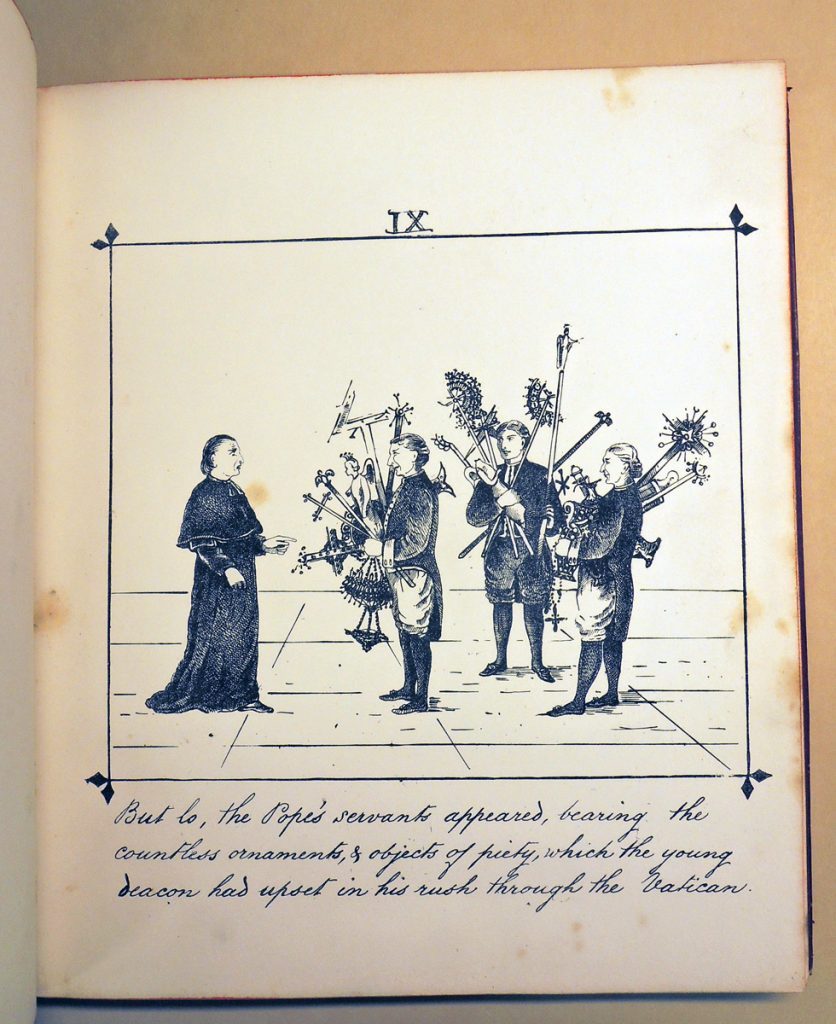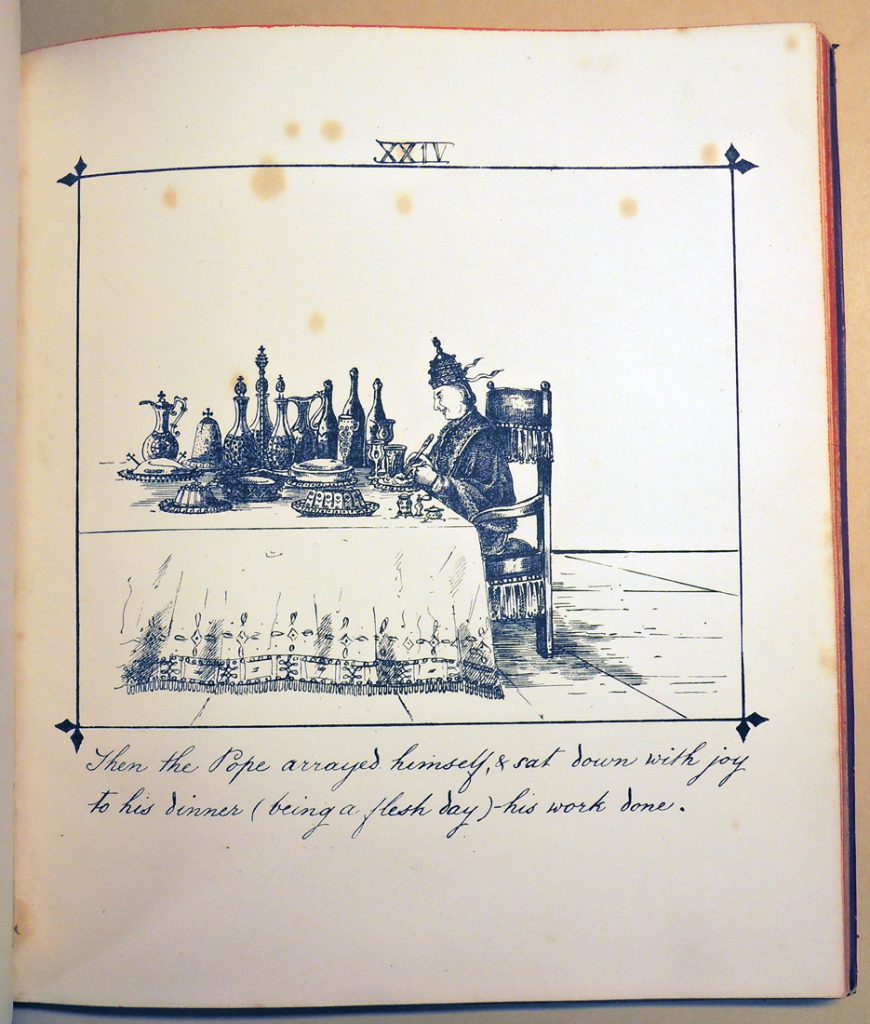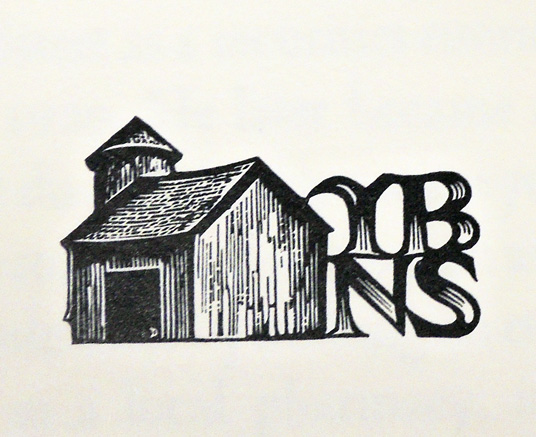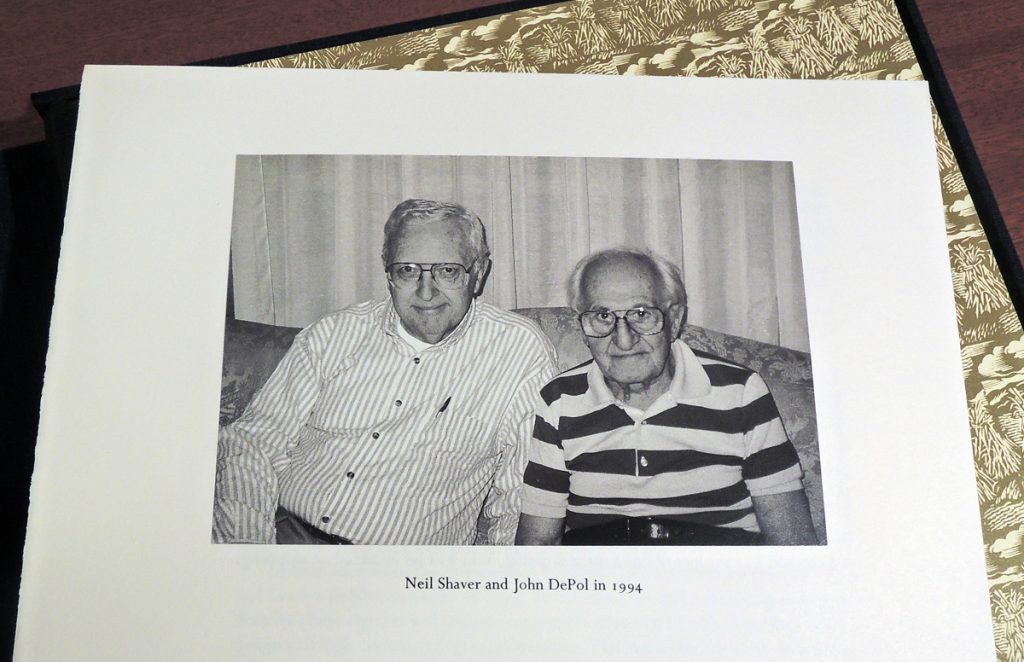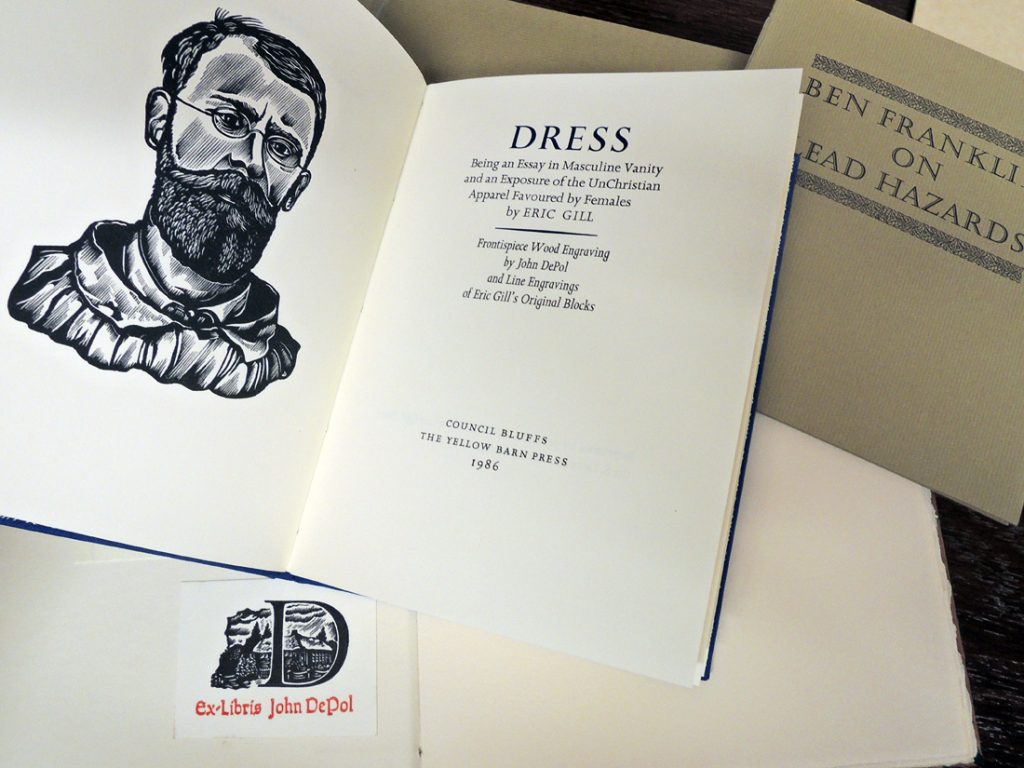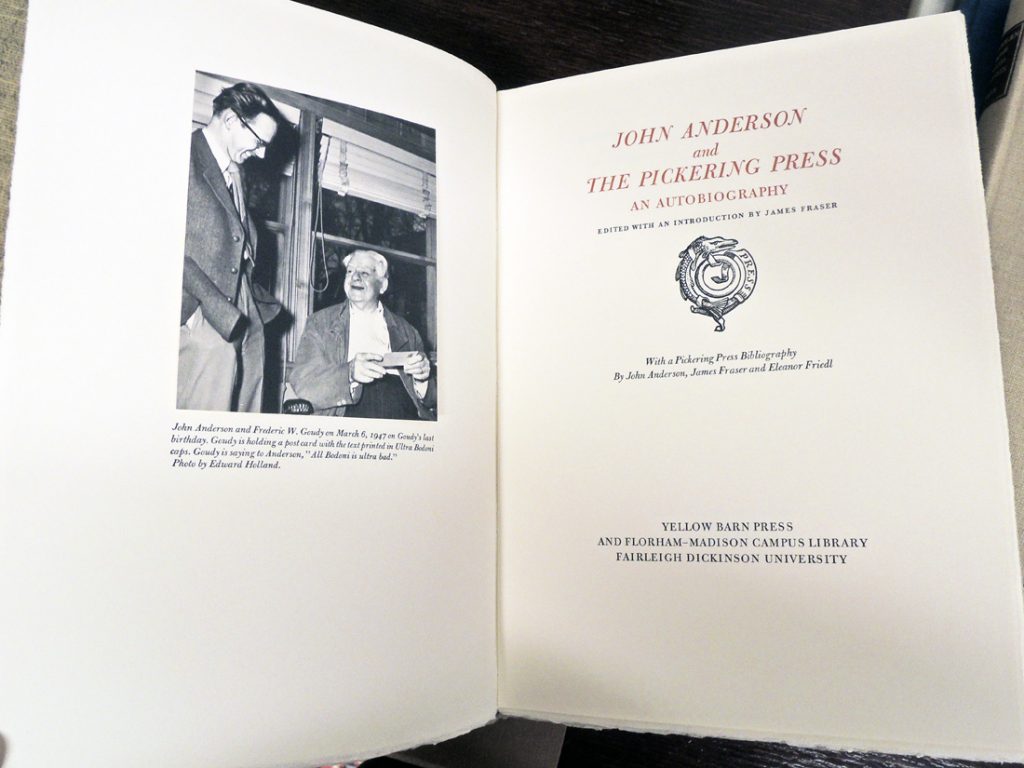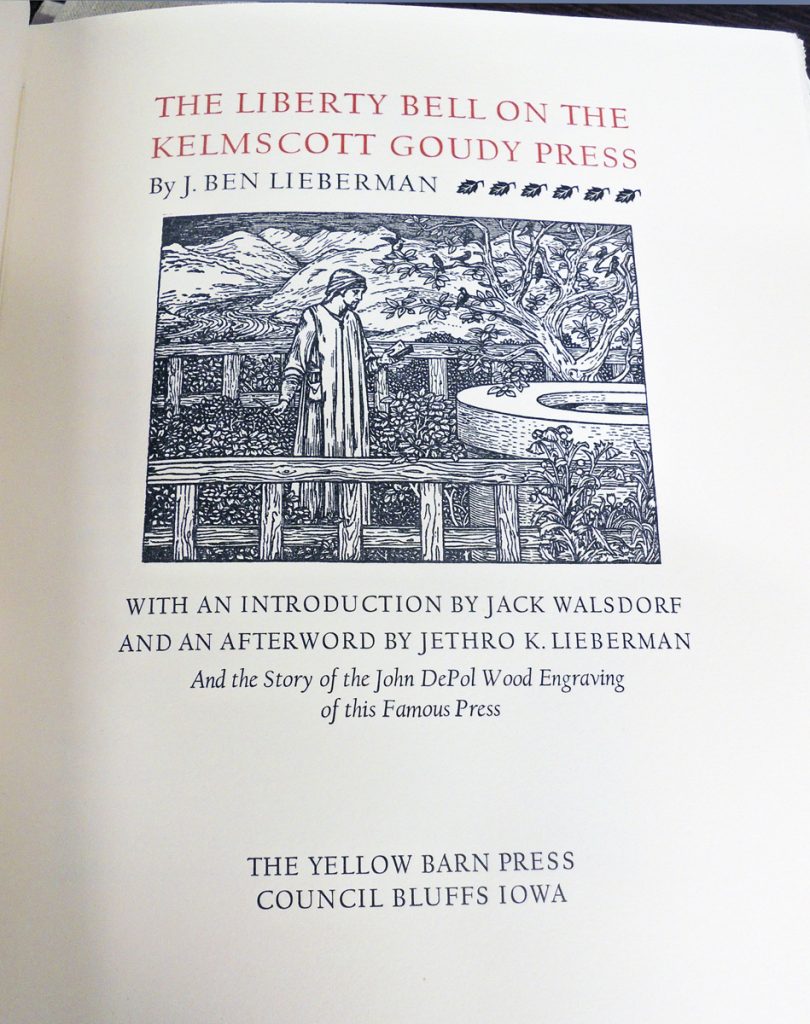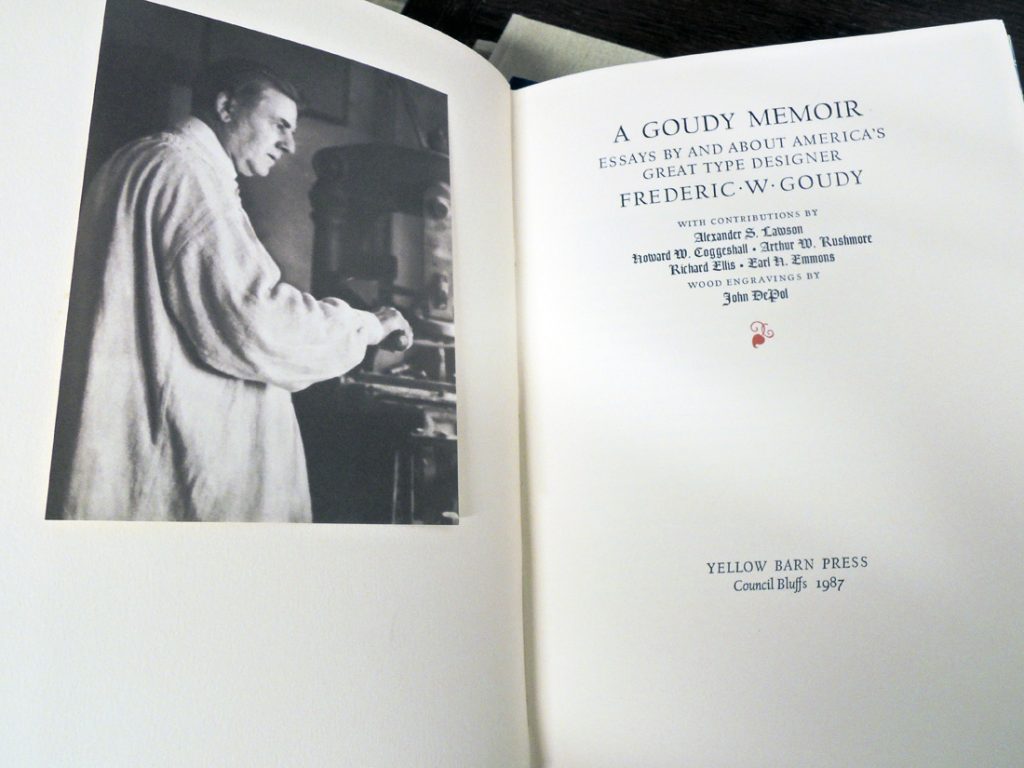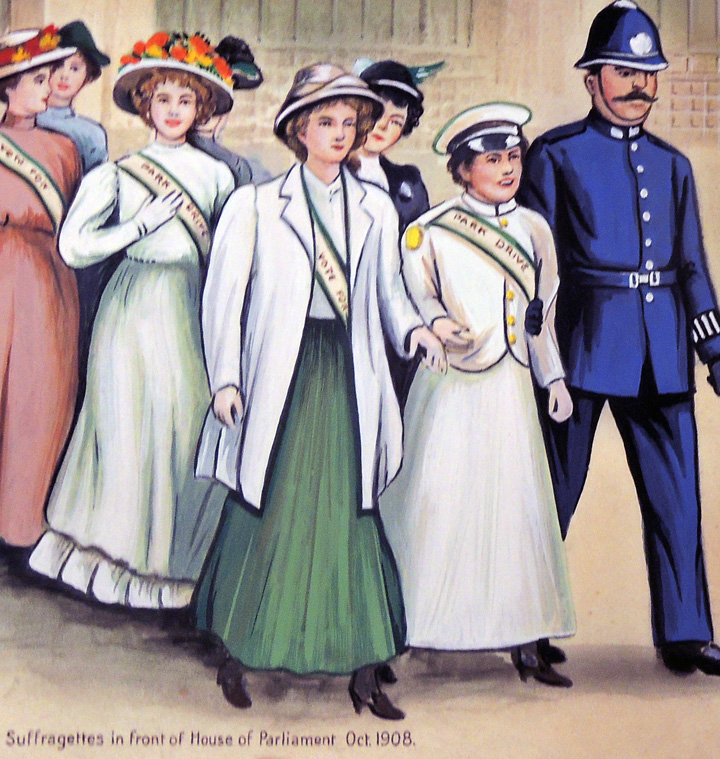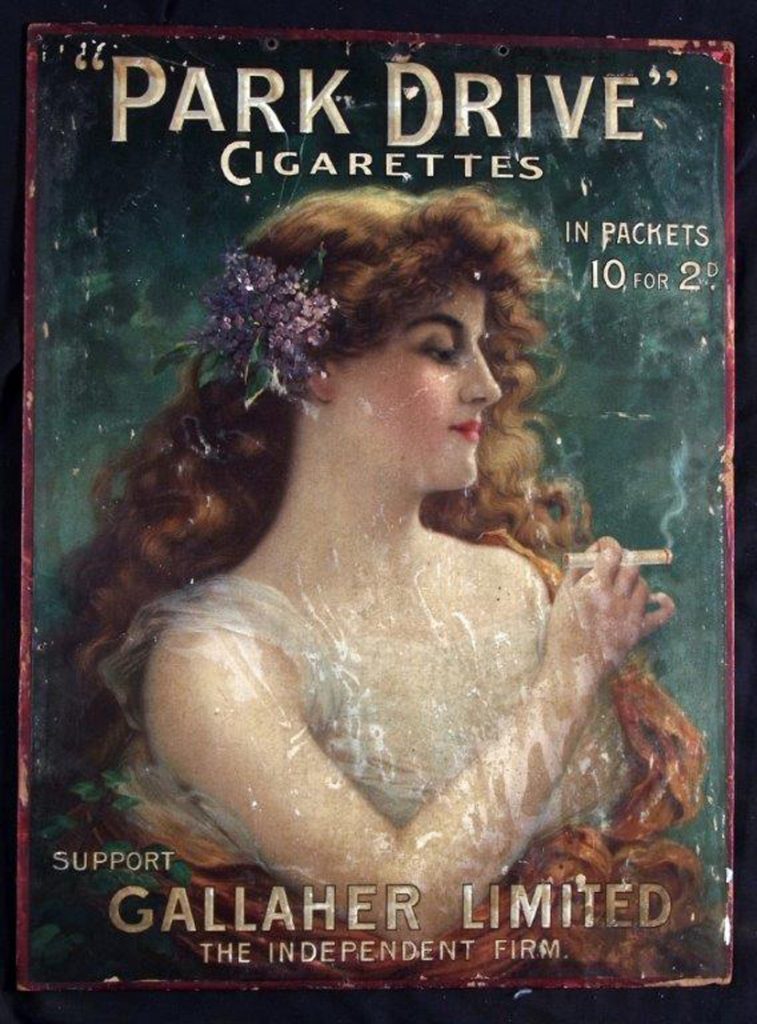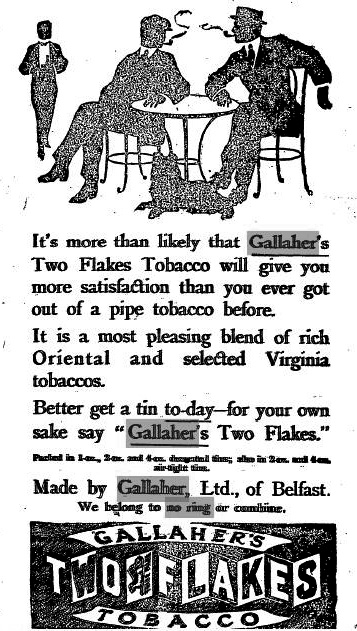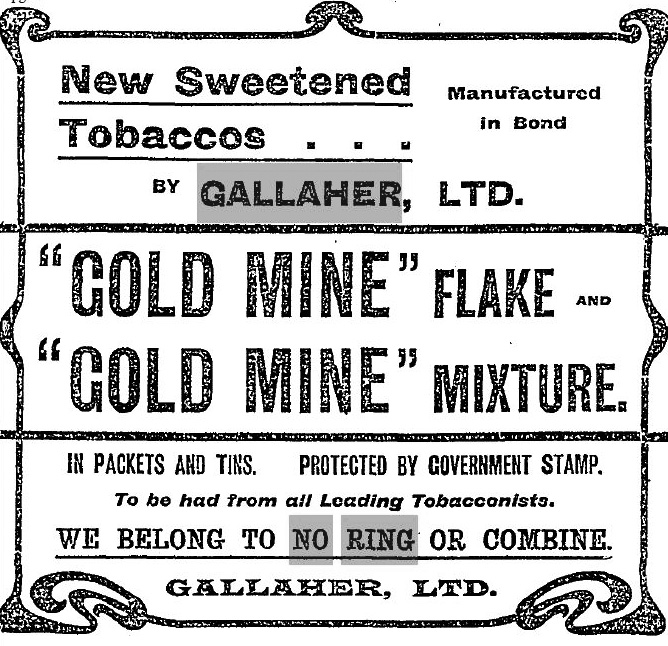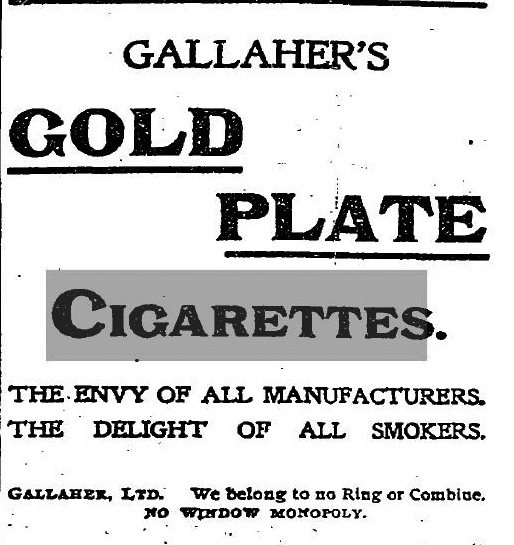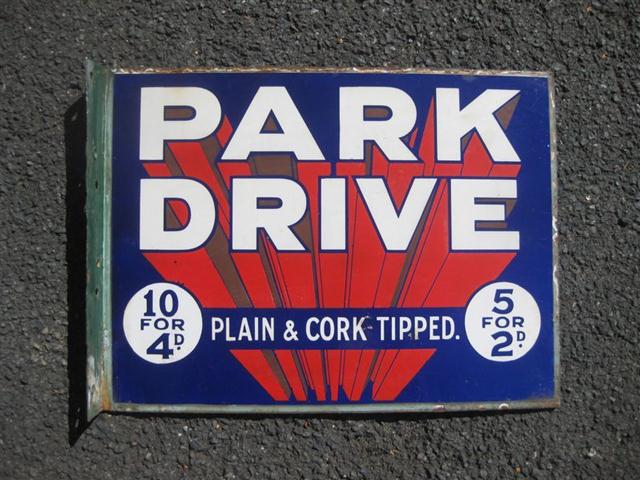The following is a guest post by Lindsey Hobbs, Collections Conservator in our Preservation Office:
A newly acquired rare edition of Giambatista Piazzetta’s Studi di Pittura, a series of engravings to guide aspiring artists printed in 18th-century Venice, presented some handling and storage concerns for the library. [original post: https://graphicarts.princeton.edu/2017/02/16/one-of-the-finest-venetian-illustrated-books-of-the-settecento/ ] The book’s value alone merited a custom drop spine box for protection, however, the binding also created challenges.

Although the binding is well in tact, the soft, worn cover boards flex and bow in dramatic fashion when lifted. Since the delicate nature of the boards is not apparent upon visual inspection, we needed a means of signaling to future researchers that this book requires special care before it’s handled.
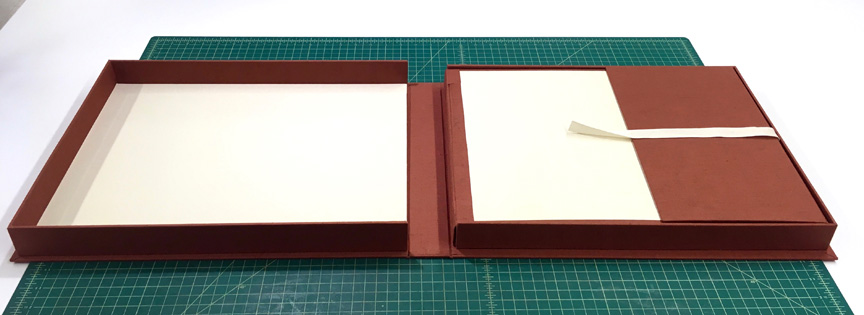
The solution I landed on is a drop spine box with an integral, or built-in cradle. When opened, the user must lift and prop the first platform of a cradle via a ribbon in order to access the book. One can then prop the second platform in the same manner on the right to support the book while in use. When finished, the cradle platforms fold back around the book to allow the box to close.
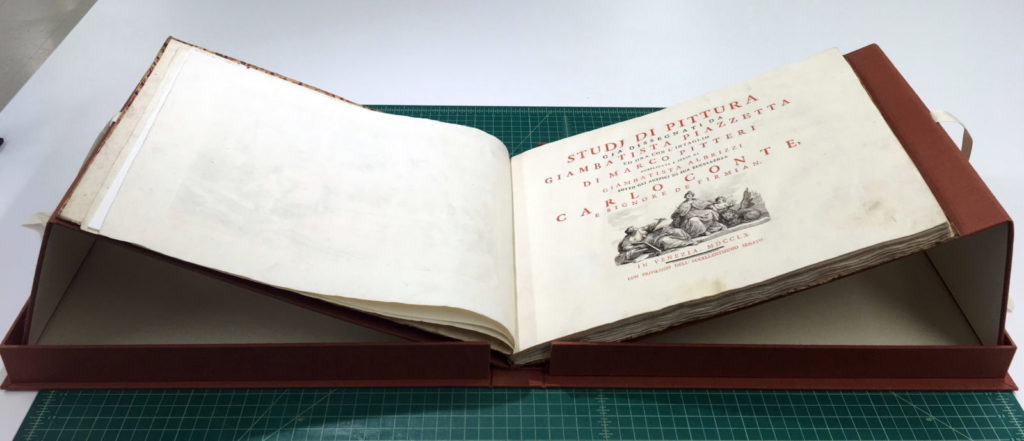
This was my first attempt at building this type of enclosure and I have already thought of ways to improve it. My initial thought was to build two separate cradle “wings” to attach beneath the right and left box trays but this made the opening and closing action of the box a bit awkward. Building the cradle in a wrap-around style for the book was necessary to create a more fluid movement.

Of course, the best feature of this style is the intuitiveness of its use. I think the ribbon placement provides a clear indicator of what to do when opening the box, and once pulled, the rest of the structure guides the cradle into place. While the cradle adds a bit of construction time over a standard drop spine, it offers a relatively simple solution for showing users how to use this special book.

